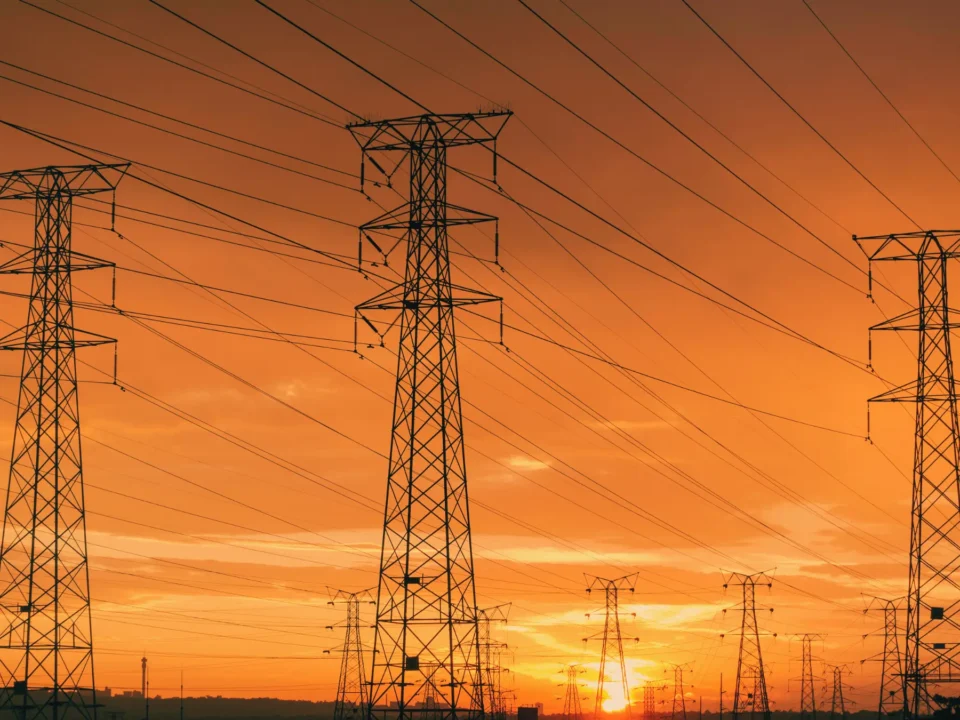
Creating wildfire risk due diligence with AIP
March 19, 2024
How can Canadian municipalities benefit from Asset Investment Planning?
May 15, 2024Addressing the surge in electricity demand: a data driven approach
In 2022, electricity demand estimates called for just 2.6% load growth over the next five years. However, a year later, Federal Regulatory Commission (FERC) grid planners were expecting electricity demand to spike to 4.7% – a 81% jump in forecasts.
After little change in electric load across the United States for years, the electric grid is not prepared for peak demand to grow 38 GW by 2028.
It remains to be seen how accurate these forecasts are. Unfortunately, the most likely scenario is that the electricity demand becomes even higher than currently expected. Even the most conservative estimates reveal just how much we need to invest in electric infrastructure to ensure long-term resiliency.
What’s driving the surge in electricity demand?
The surge in load growth is being driven by several factors.
New data centers and manufacturing plants popping up across the United States are the primary electricity demand driver.
Buildings and vehicles are also increasingly being electrified. Removing fossil fuels from our homes, offices, cars, and buses is no doubt a good thing considering the GHG reductions. But they do unfortunately put an additional strain on an already over-stretched electrical grid.
Climate change is also changing how we consume energy in conjunction with exposing infrastructure to greater risk.
What these factors have in common is not simply that they require a lot of electricity, but they are also here to stay. AI, cloud computing, increased manufacturing, electrification, and climate change are all in our future whether we like it or not. Which means the only thing utilities and regulators can do to address the demand: make data-driven investment decisions.
Asset Investment Planning to meet the surging demand
When the US electric grid was built, no one could have anticipated what modern electricity needs would look like. And electric utilities only have so many options to respond.
Regulators see the costly upgrades and are duty-bound to protect ratepayers. Private equity financiers see the slow permitting process as a risk on their returns. Additionally, meeting the projected electricity demands likely means that carbon-intensive energy sources will have to stay on longer. Investors pushing for NetZero may interpret the delayed retirement as a risk. Building out interconnections requires not just significant capital, but collaboration from competitors, finance, policymakers, and regulators.
To justify rate increases, attract private equity, comply with NetZero goals, and maintain service level requirements, electric utilities must take a long-term view of which investments best support priority KPIs efficiently.
And this can be achieved with an Asset Investment Planning solution.
Asset Investment Planning (AIP) solutions provide decision support in asset-intensive enterprises like electric utilities by identifying and prioritizing capital investments across the entirety of an asset portfolio through the total cost of ownership.
Collecting data from enterprise risk management (ERP), enterprise asset management (EAM), asset performance management (APM), geospatial information systems (GIS), and more, AIP’s holistic predictive capabilities prove essential in to identify optimal investment plans as electricity demand rises.
Identifying optimal investments in AIP
For these decade-long projects to address short and long term needs, reducing the time spent planning and forecasting is essential. Demonstrating adaptability is key. And this is where AIP can make an enormous difference.
When an AIP solution capable of machine learning, stochastic modeling, and Monte Carlo simulations, it generates a multitude of investment scenarios in a fraction of the time it would take to create one using old modeling software.
For example, an electric utility can use AIP to simulate investment scenarios like:
Transmission grid expansion. Investing in new transmission lines and substations can help improve the capacity and reliability of the grid, allowing for the transfer of electricity from generation sources to areas of high demand. In simulating grid expansion scenarios, electric utilities can quantify the level of investment required to expand the grid based on current budgets, increased budgets, variable inflation rates, variable cost of materials, project timelines, and the amount of risk reduced long-term by making the investment in the short-term.
Energy storage systems. Investing in energy storage systems like DERs can help utilities manage intermittent renewable connections, ensuring a reliable and resilient supply even during peak usage periods. Electric utilities can forecast the CAPEX required for the acquisition and integration of these external storage systems to ensure a satisfactory level of service should demand increase by two, four, or even 10% in the short and long term.
Grid Modernization and Smart Technology. Upgrading and modernizing existing grid infrastructure with advanced metering systems and grid automation can improve efficiency, reliability, and the integration of renewable energy sources. With an AIP solution, electric utilities can predict the optimal improvements based on current asset condition, location, and more.
Combining all initiatives. When the capital investment planning process is supported by AIP, finding the optimal balance between investment scenarios is vastly simplified. Visualizing the risk reduction, the service level impact, and investment required across various proportions of grid expansion, storage integration, and grid modernization against the budgetary and regulatory constraints gives decision-makers a clear image of which initiatives, and at what level, gives them the best chance to keep up with soaring demand.
Investing to prepare for load growth
Some utilities involved in the FERC survey, which projected substantial load growth, are starting to suggest quietly that their estimates were too conservative. That this 81% jump in electricity demand may be significantly more as new data centers are built and electrification becomes more prominent.
Aging infrastructure was already a well-documented problem, which has been exacerbated by climate change. Now, with electricity demand set to peak, it’s never been more important to make data-driven investment decisions.
At Direxyon, our Asset Investment Planning solution has been recognized as an industry leader, assisting electric utilities plan their capital investments with a user-configurable suite of integrated risk, asset, and financial modeling solutions.




